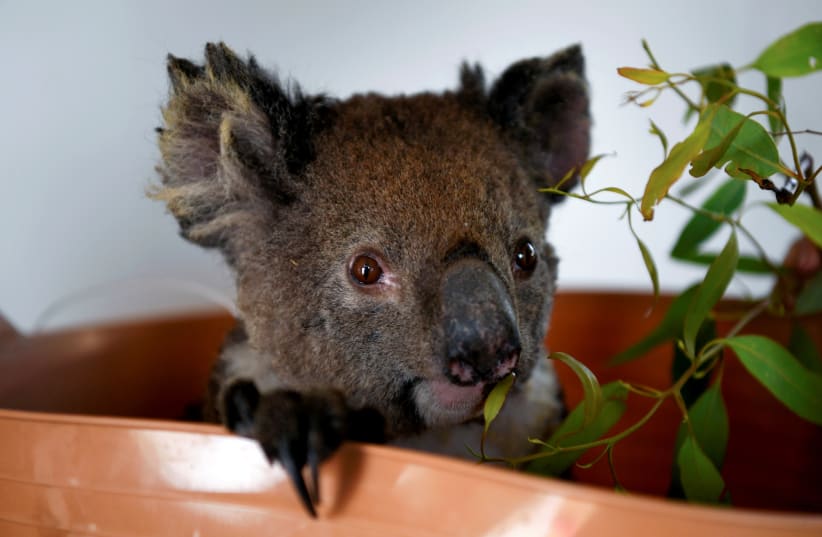As humans, we tend to assume that we are the most advanced creatures on Earth in all capacities. This is largely true, although a recent study out of the University of Washington (UW) has found a distinct exception to that rule when it comes to a basic aspect of human existence: reproduction.
The peer-reviewed study, published in the July 2022 edition of The American Naturalist, compared fossilized remains of placental mammals and marsupial mammals. Placental mammals such as humans have a relatively long gestation period and birth "relatively precocial, quickly weaned neonates."
That is to say, when human babies (and other such mammals) are born they have already completed a significant amount of physical development with all major organs and structures already in place. Marsupials, on the other hand, essentially give birth to fetuses which are then transferred to the mother's pouch for continued growth.
“This study challenges the prevalent idea that the placental reproductive strategy is ‘advanced’ relative to a more ‘primitive’ marsupial strategy.”
Lead study author Lucas Weaver
It was originally thought that marsupial reproduction was more primitive and that placentals were more evolutionarily advanced.
Researchers at UW now assert that placentals actually came first, citing as evidence a group of extinct mammals, called multituberculates, which likely produced in a placental manner and lived during the Jurassic period, well before the first marsupials (that we know of) appeared during the Cretaceous period.
“This study challenges the prevalent idea that the placental reproductive strategy is ‘advanced’ relative to a more ‘primitive’ marsupial strategy,” explained lead author Lucas Weaver, a postdoctoral researcher at the University of Michigan who conducted this study as a UW doctoral student.
“Our findings suggest that placental-like reproduction either is the ancestral reproductive route for all mammals that give birth to live young, or that placental-like reproduction evolved independently in both multituberculates and placentals,” he added.
Research methods
Examining the bones of ancient rodent-like multituberculates, researchers saw the same structure across all samples: a layer of disorganized bone situated between two layers of organized bone. Disorganized bone gets its name from the fact that its layers of tissue are laid out in a crisscrossed pattern (evident under a microscope) and reflects fast growth. Organized bone indicates slower growth, its layers laid out parallel to each other.
Researchers then compared their findings to bone samples from a variety of today's small mammalian species and found that nearly all of the placental organisms showed the same "sandwiched" bone layers. Marsupial samples, however, consisted almost entirely of organized bone with very little disorganized bone to be found.
“The amount of organized bone in the outermost layer, or cortex, of the femur, strongly correlates with the length of the lactation period,” said Weaver. “Marsupials have long lactation periods and a lot of organized bone in the outermost cortex. The opposite is true for placentals: a short lactation period and much less organized bone in the outermost cortex. This is compelling evidence that multituberculates had a long gestation and a short lactation period similar to placental mammals, but very different from marsupials.”
This certainly calls into question the theory that placental mammals evolved as a "new and improved" version of marsupials. Further studies may be able to clarify exactly how and when the two types of mammals branched off from each other.

